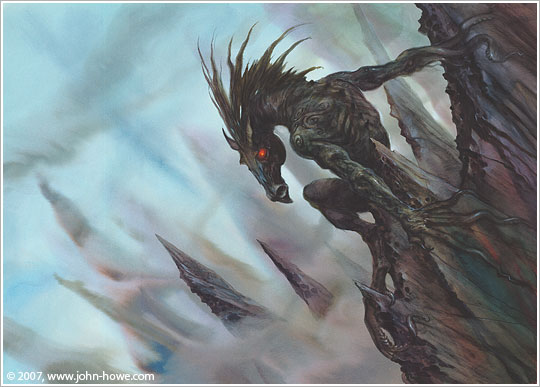I get just about all of my cards on PucaTrade these days. The service isn’t perfect, but it has powered up my collection and helped me get rid of tons of hard-to-move-but-technically-valuable stuff. I am unequivocally a fan, and think that PucaTrade rightfully plays a significant role in today’s MTG finance landscape.
One of the biggest criticisms of PucaTrade I see is that it is difficult to get desirable cards, especially without paying out a bonus. While this is true to an extent, I have personally received a number of cards that I would not have sent out without receiving a bonus myself. It does happen, and I’ll be sharing some of those nice pickups with you in a bit, but first let’s go over the currency.


Thanks for the great article. I’ve never had trouble getting cards I wanted on Pucatrade, though sometimes I’ve had to be patient. It’s like trading at an event–sometimes one doesn’t see the cards one wants at all. But it’s better in that it lets you bank the trades you can make, so you’ll be ready when the card you actually want turns up. Best of all, it doesn’t involve spending hard cash on pieces of cardboard.
Excellent stuff! This was one of the articles I more enjoyed reading here in Price. Ever.
Sure, I’m biased. I love Puca and it has worked wonders for me. Likewise, I’m pretty sure some people have had bad experiences with Puca and therefore hate it. However, I believe there’s a place somewhere in between for all Magic players and traders.
The key (intelligently summarised in the title) is expectations. As soon as you realize what you can realistically expect from Puca, then you’re on your way. For some it’s all about getting Standard cards and building that new tech. For others it’s a boost toward their increasing collection. Still others use it as a tool for speculation. I myself actively flip collections that buylist poorly and then use Puca to trade up.
And sure, “it can be done”. The only cards for which I offered a bountie were fetches (and still I received quite a few without bounties). Besides those, I’ve received Mox Opal, Cryptic Command, Voice of Resurgence and several other Modern staples, all for their listed prices. Fluke? Yeah, in some cases. But I have worked hard to interact with traders and I have traded back and forth with some of them several times. I like to think it as a privileged supplier/client relation. And that, as in all businesses, is a crucial part of the success you can achieve.
P.S. – I believe I owe you a thank you, Danny. I’m pretty sure the first time I heard about Puca was in an article you wrote for another Magic finance site sometime ago. I remember trying it out at the time and thinking it was SO cool! Since then I’ve accompanied you (and Corbin and Jason) when you came to MTGPRICE and I’ve definitely grown as a casual trader since then (and Puca has been essencial in that journey). For that, thank you and keep up!
To touch on another aspect of your article others haven’t commented on, I agree about the frustrating frequency with which non-NM cards are passed off as NM on Puca. I quickly grew tired of fighting with people via disputes when they refused to acknowledge sending SP or worse cards, so I now make it a habit to film me opening cards — especially foils. Foils have additional conditions to look for, mainly hairline scratches on the foiling itself, as well as clouding. Yet, for some reason, many Puca traders seem to ignore these facets and still only look at the borders like it’s a normal card.
There’s something very satisfying about getting a nasty response about how you’re trying to cheat someone by making a false claim, and then sending a video of you pulling the card out of his hand-written envelope.